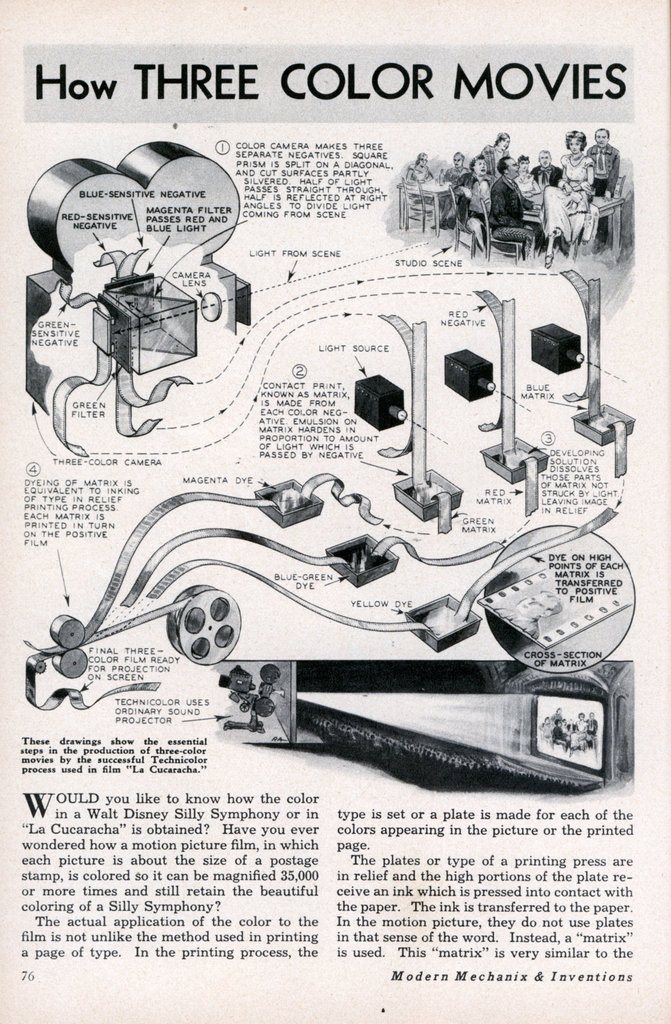
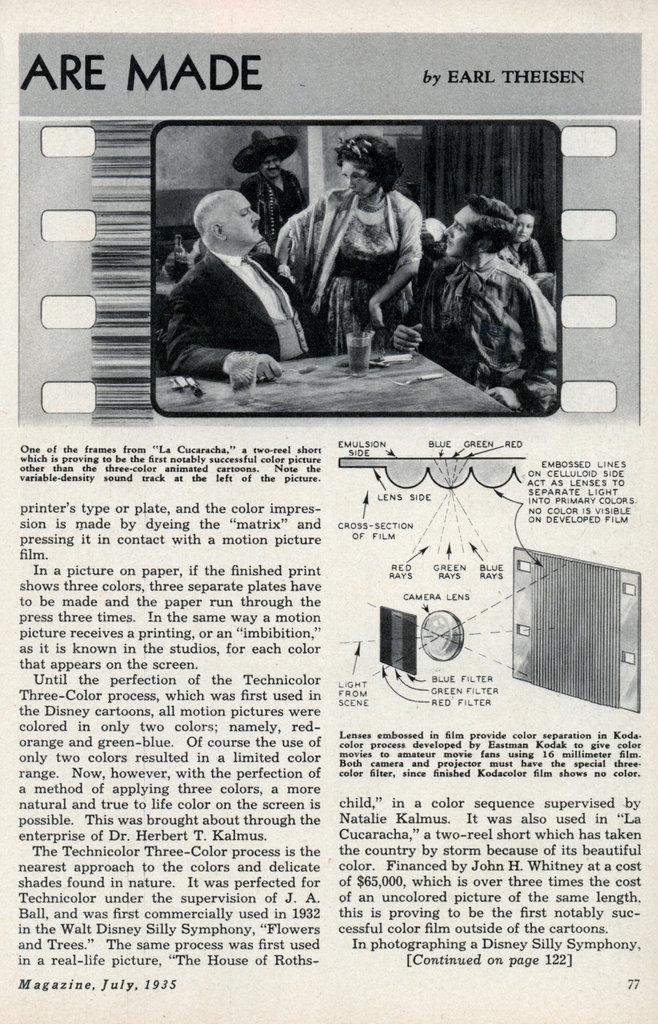
 |
 |
| Source: Modern Mechanix. | |
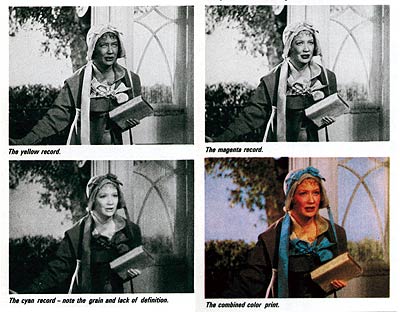
Source: "The Color-Space Conundrum," American Cinematographer, January 2005.
"Three negatives from Technicolor camera"

"Printing Matrices – Step 1"

"Printing Matrices – Step 2"

"The final print"
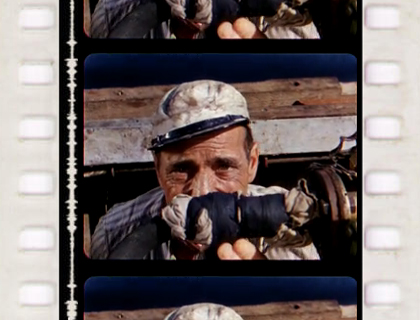
Source: Phil Green, "Technicolor 3 Strip", The Digital Intermediate Guide.
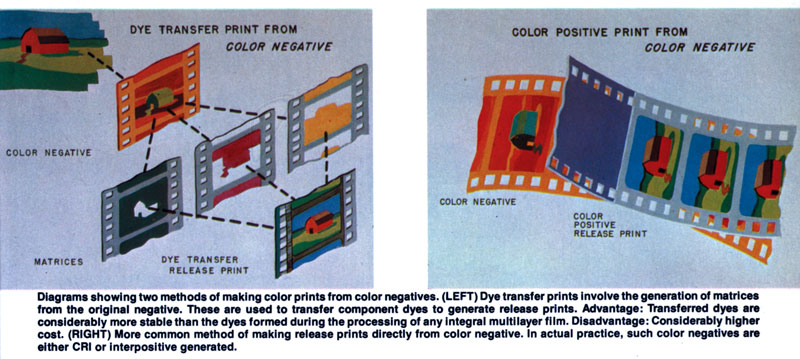
Source: "The Color-Space Conundrum," American Cinematographer, January 2005.
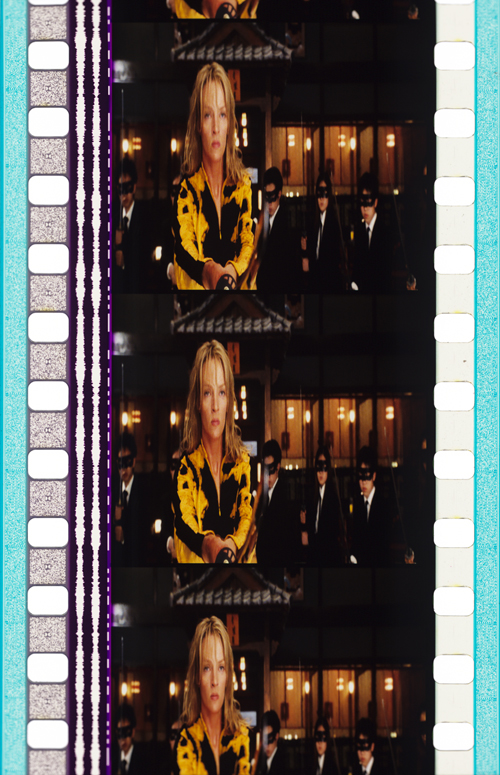
Source: Jeff Smith, "Atmos, all around"
Jeff Smith explains "quad track" sound on a strip of film from Kill Bill: Vol. 2 (2004):
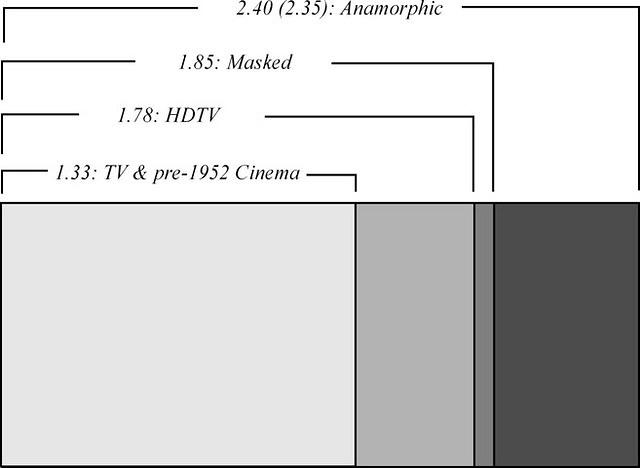
| Frames from He Said, She Said | |
|---|---|
| 1.33 TV and Pre-1952 Cinema |
 |
| 1.85 Masked Widescreen |
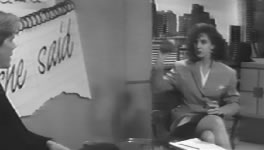 |
| 2.40 Anamorphic Widescreen |
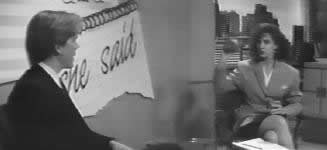 |
Cinerama Projection
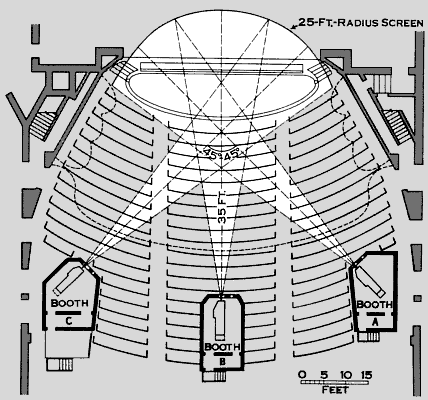
Source: Wikipedia.
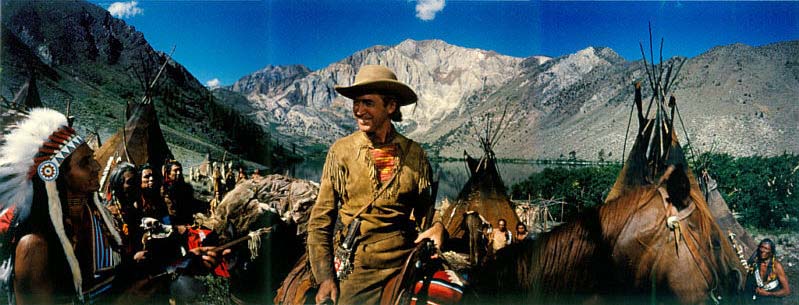
Source: The American WideScreen Museum.
Original CinemaScope frame, displaying a squeezed circle.
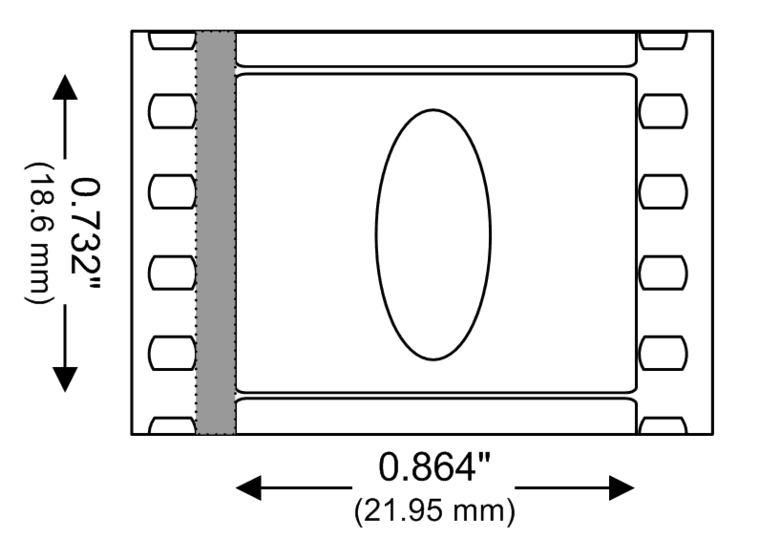
Source: Max Smith, released to public domain on Wikipedia.
He Said, She Said Aspect Ratio Illustrations.
DVDs often include both versions of widescreen (anamorphic) films--usually one on each side of the disc. The Ronin DVD allows you to compare the two versions.
Extra Material on DVDs |
|
| Menu: an interface much like one on a computer or video game allows you to select additional materials. | Scene Selections: choose to go to a specific point (sometimes called "chapters") in the film. |
| Special Features: including audio commentary by the director, John Frankenheimer, and an alternate ending that was not used in the film as it was released (frame grabs from the alternate ending). | Languages: English and French--in both the spoken language and the subtitles. This is particularly appropriate for Ronin since it stars several French actors. |